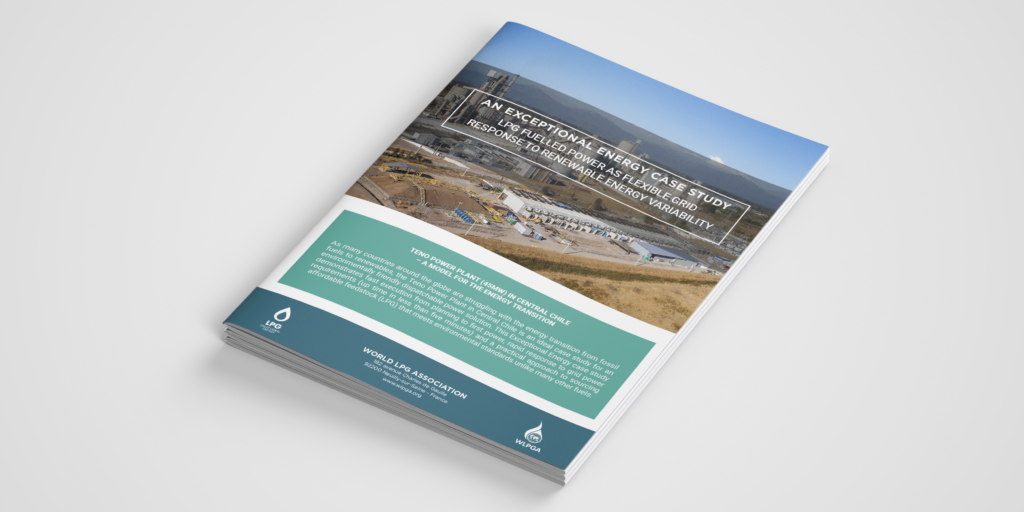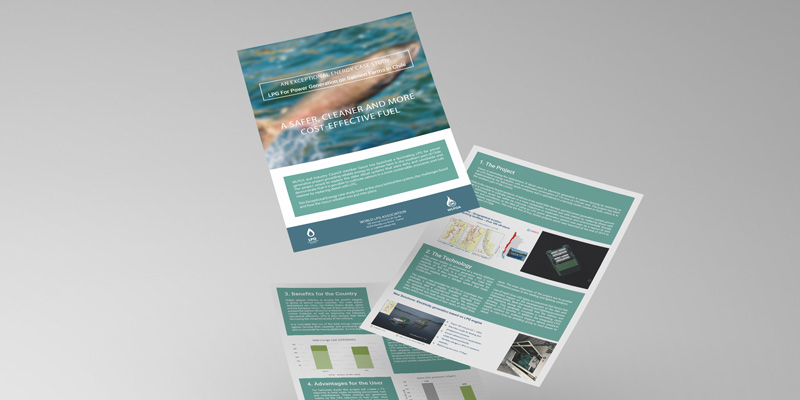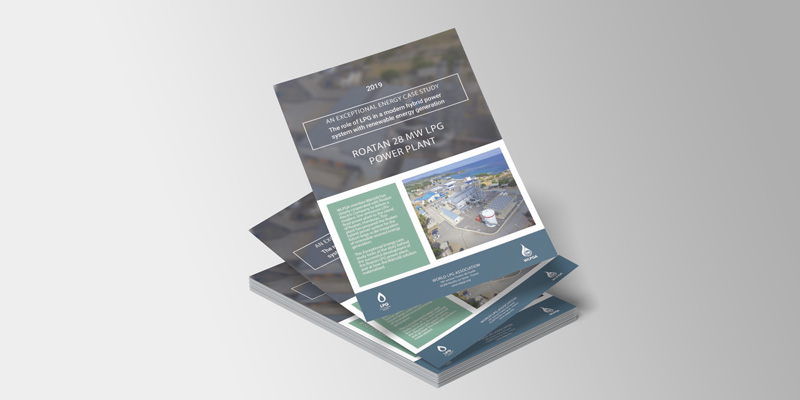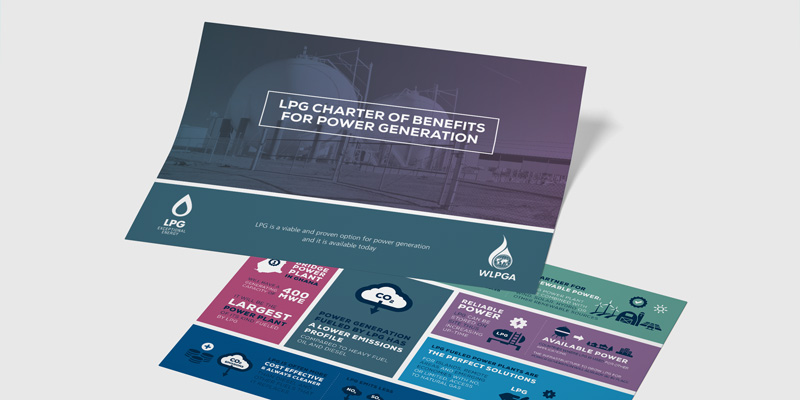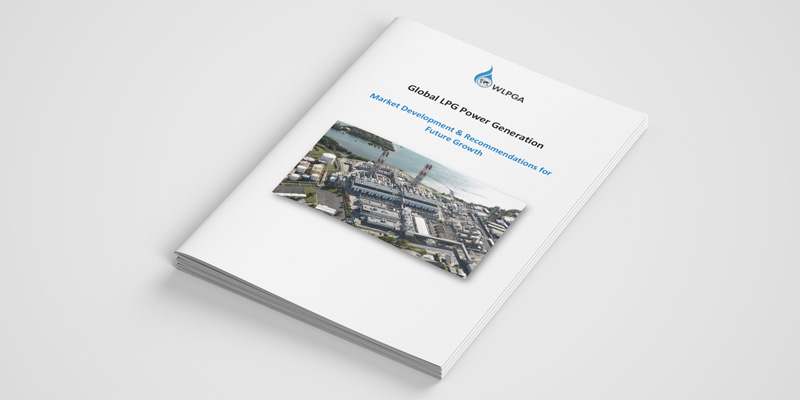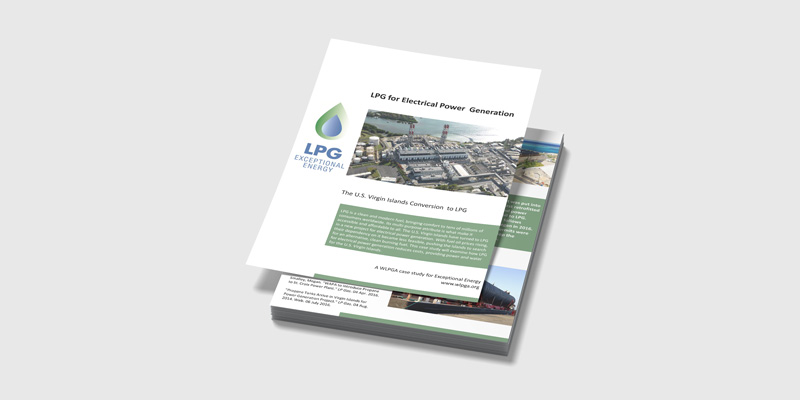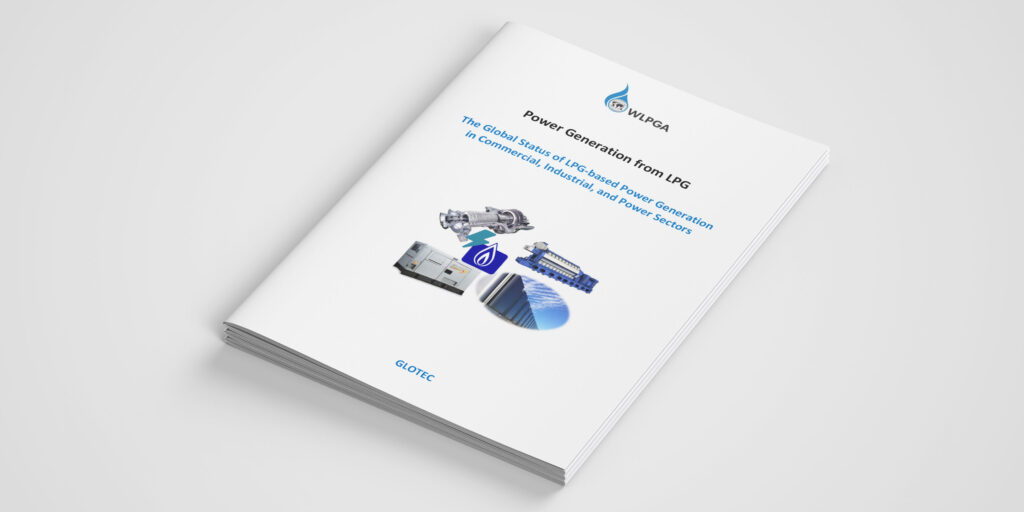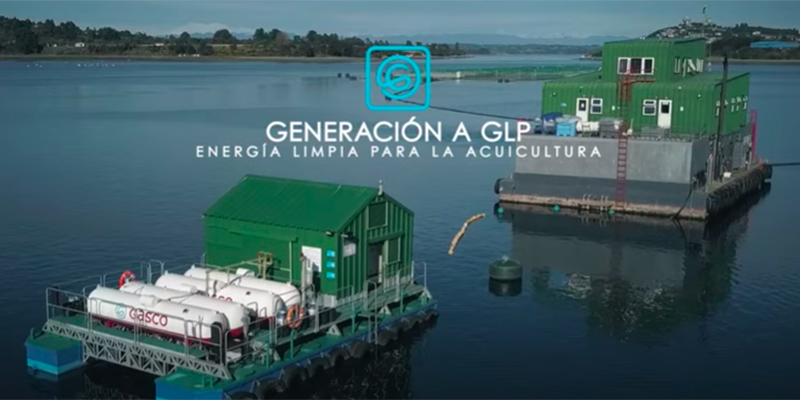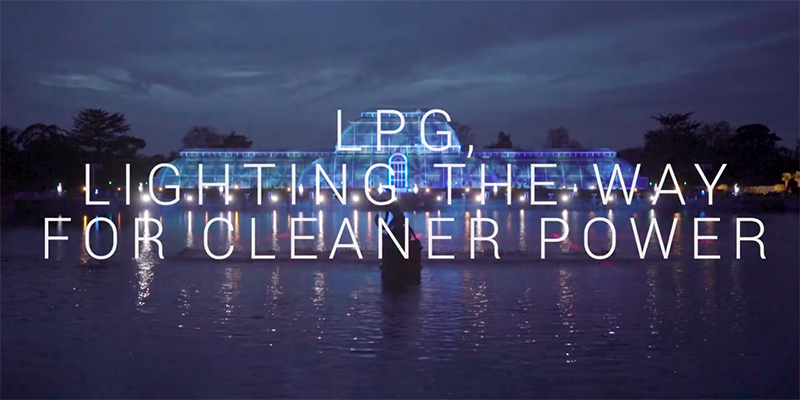Power Generation
The role of LPG
Liquid Gas, including LPG, is the ideal fuel for a wide range of power generation applications, from small back-up generators to large-scale power plants. LPG is increasingly used in homes, businesses, hospitals and for mobile generators to provide efficient, reliable and clean power. With governments and power companies looking to replace polluting coal, diesel or heavy oil plants, LPG offers a cost-efficient and low-emissions alternative for areas that are not connected to the natural gas grid.
Generators
LPG offers clean, reliable and proven solutions mobile generators that are used at events, on construction sites or to provide back-up power.
Power plants
LPG is increasingly being used in large-scale power generation, especially on islands, in remote areas and in developing regions that are not connected to the natural gas grid.
LPG can be used for small- and large-scale power generation.
Power Generation by the numbers
Electricity generation accounted for one fifth of final energy consumption in 2022.
%
Oil, coal and natural gas fuelled 38.6% of EU electricity generation in 2022.
In 2022, LPG generated about two thirds of the US Virgin Islands’ electricity.
LPG and
the energy transition
The International Energy Agency (IEA) anticipates a 50% growth in the demand for natural gas in the period 2016 to 2040 – with much of this growth associated with electricity generation, amid an acceleration of the trend away from using coal-fired power plants. Where pipeline infrastructure exists in close proximity to the demand, natural gas is clearly the gaseous fuel of choice.
However, many countries do not have an established network of natural gas pipelines. In countries where these do exist, infrastructure is often reserved for areas of high population density and/or centres of industrial activity, leaving more remote areas with little or no access to natural gas.
In such cases, there is a clear opportunity for LPG to provide a solution for power generation – especially when new power plants are necessary to meet increasing electricity demand.
In the future, there is also likely to be an emerging opportunity associated with the use of LPG power generation in combination with renewables such as solar photovoltaics and wind power. These ‘hybrid’ (or microgrid) projects are likely to be particularly well-suited to remote, or island, locations which currently rely on expensive diesel to meet their power needs.





